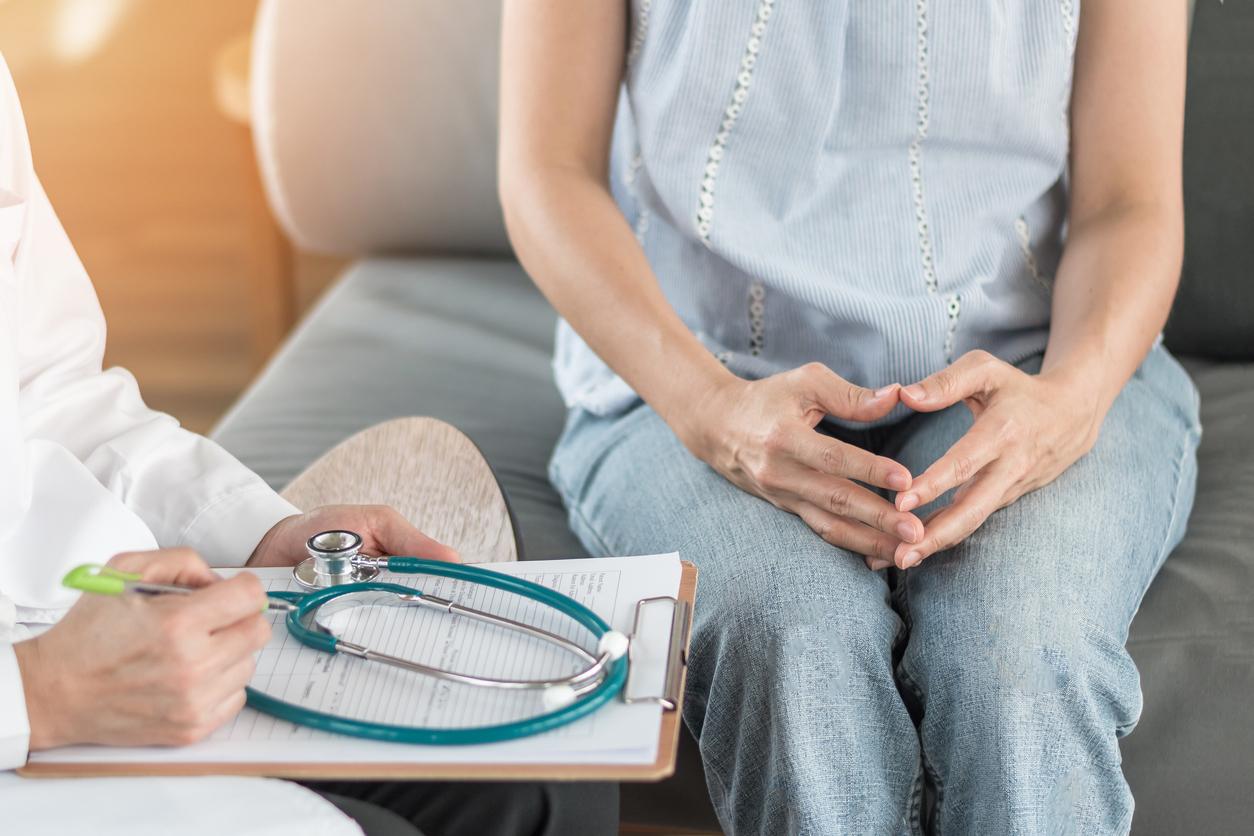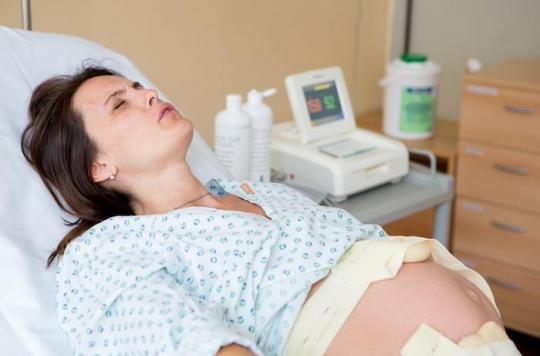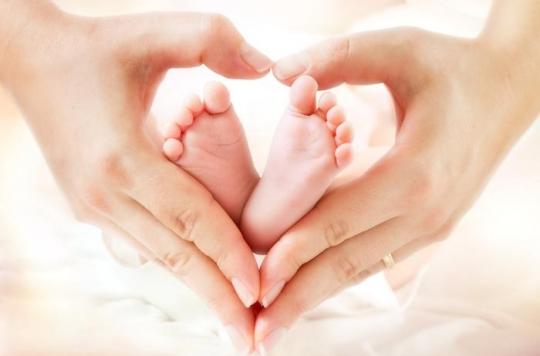The study is remarkable both for its scope and its results. It was carried out jointly by the National Medicines Agency (ANSM) and by Health Insurance among 2.2 million young girls aged 13 to 16 between 2008 and 2012. A third of them were protected against strains 16 and 18 of the papillomavirus – the most frequent in cancer of the cervix – with the vaccines Gardasil or Cervarix. It is “the most important study ever carried out in the world on the risks of side effects linked to the anti-HPV vaccine”, notes Liberation.
The question asked was simple: does getting vaccinated expose you, in particular, to a risk of multiple sclerosis, as suggested by several cases reported around the world, some of which have been brought to justice? “The risk-benefit is very largely in favor of this vaccine”, replies the Director General of Health, Benoît Vallet, in the columns of Release.
If the association between the vaccine and this autoimmune disease is not established, “the increase in Guillain-Barré syndromes is clear, Le Figaro. The risk appears to be multiplied by four”. This risk is also specified only in the Gardasil leaflet, but the director of the ANSM intends to act at European level so that the other vaccine also mentions it.
The medical obstacle seems to have been removed, there remains the economic constraint. 80 euros on average per person protected, while a preventive act allows early detection of cancer of the cervix. And The Parsian to recall that the vaccination coverage against the papillomavirus amounts to 17% with rather a downward trend since 2007. 3,000 new cases are reported each year, 1,000 of them die.
But, underlines Agnès Buzyn, director of the National Cancer Institute, “it is the most preventable cancer and above all the most unequal”. Verdict of the boss of the INCa: “Vaccination is essential”. Today, it is recommended but not mandatory.















